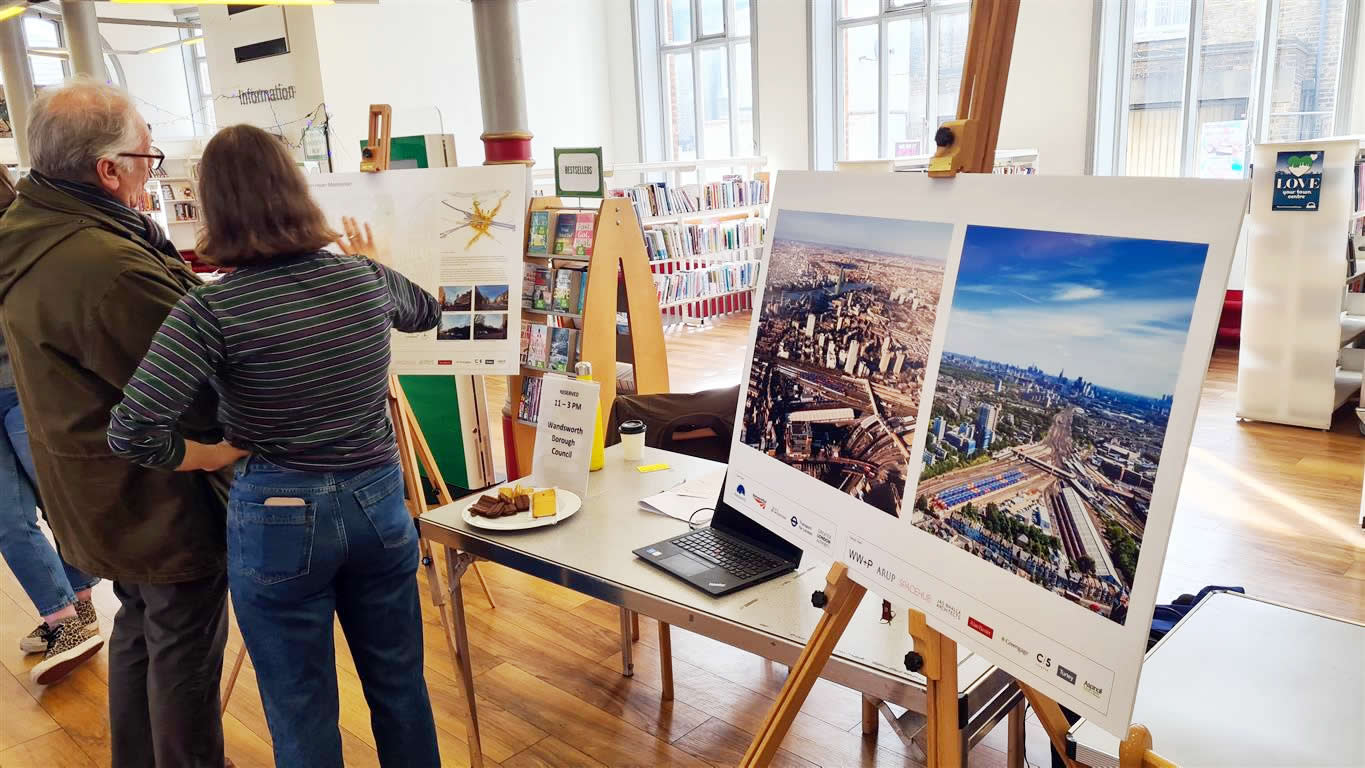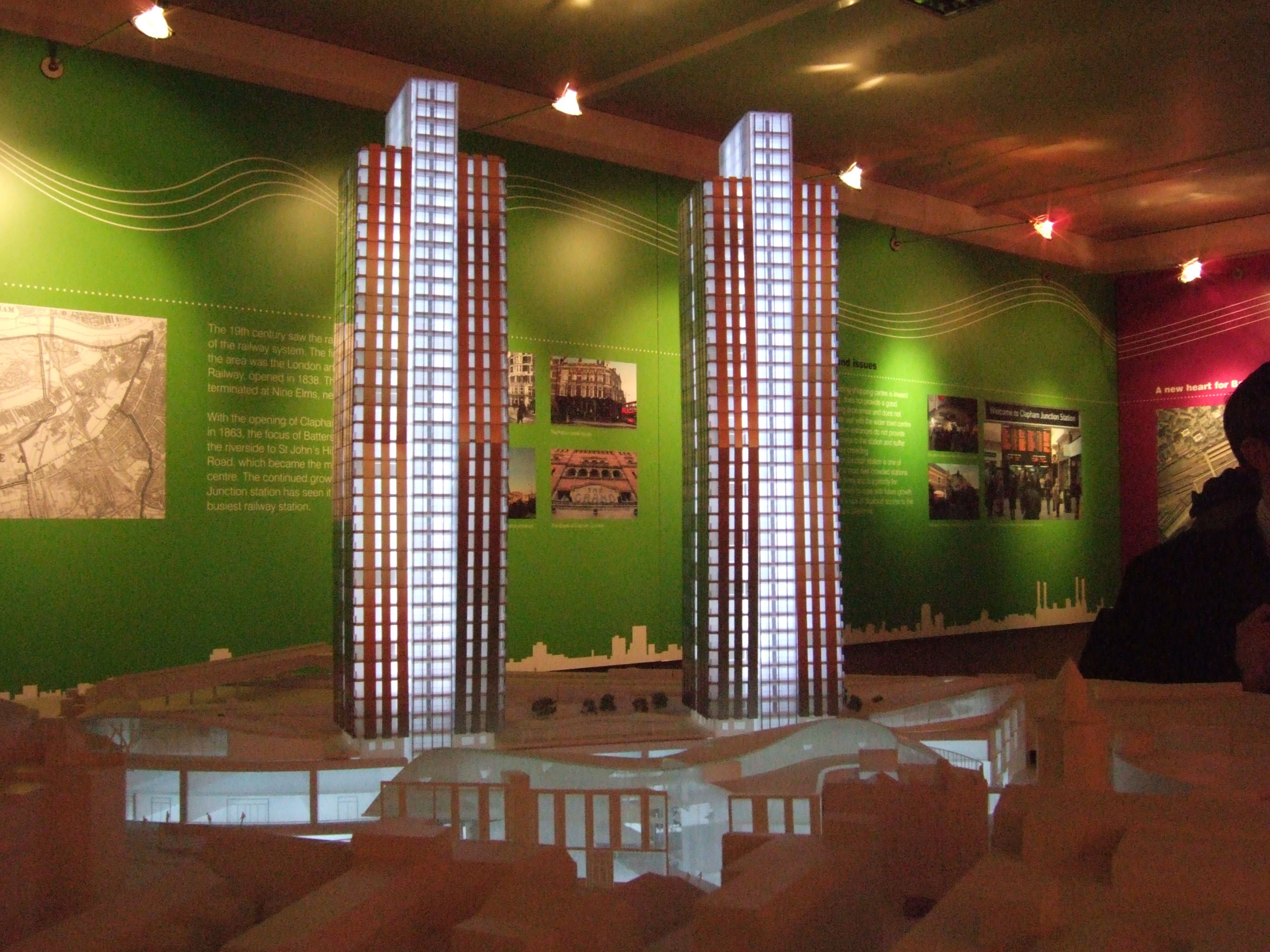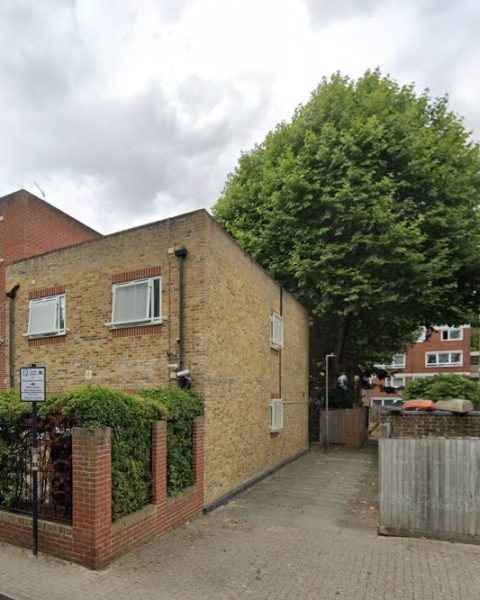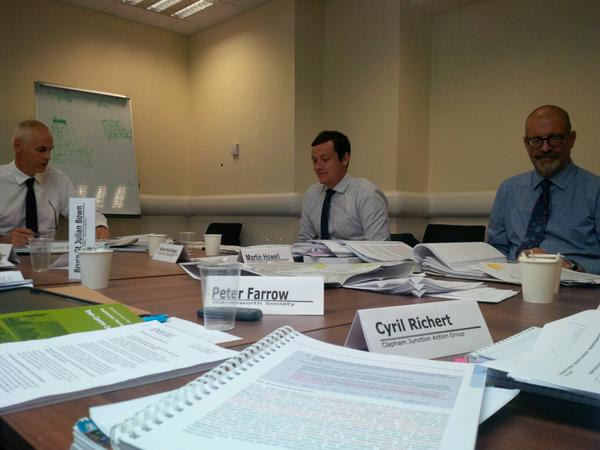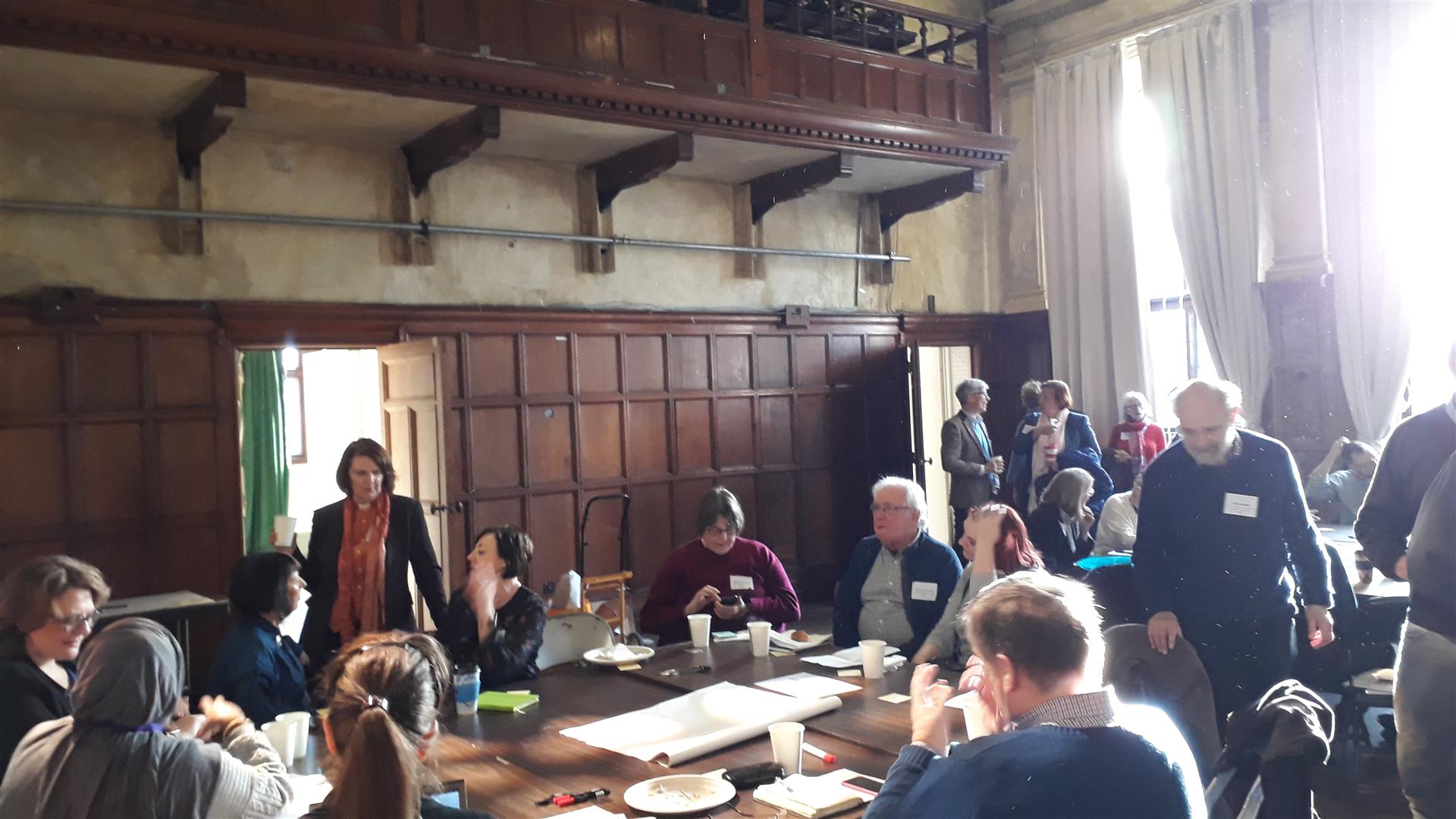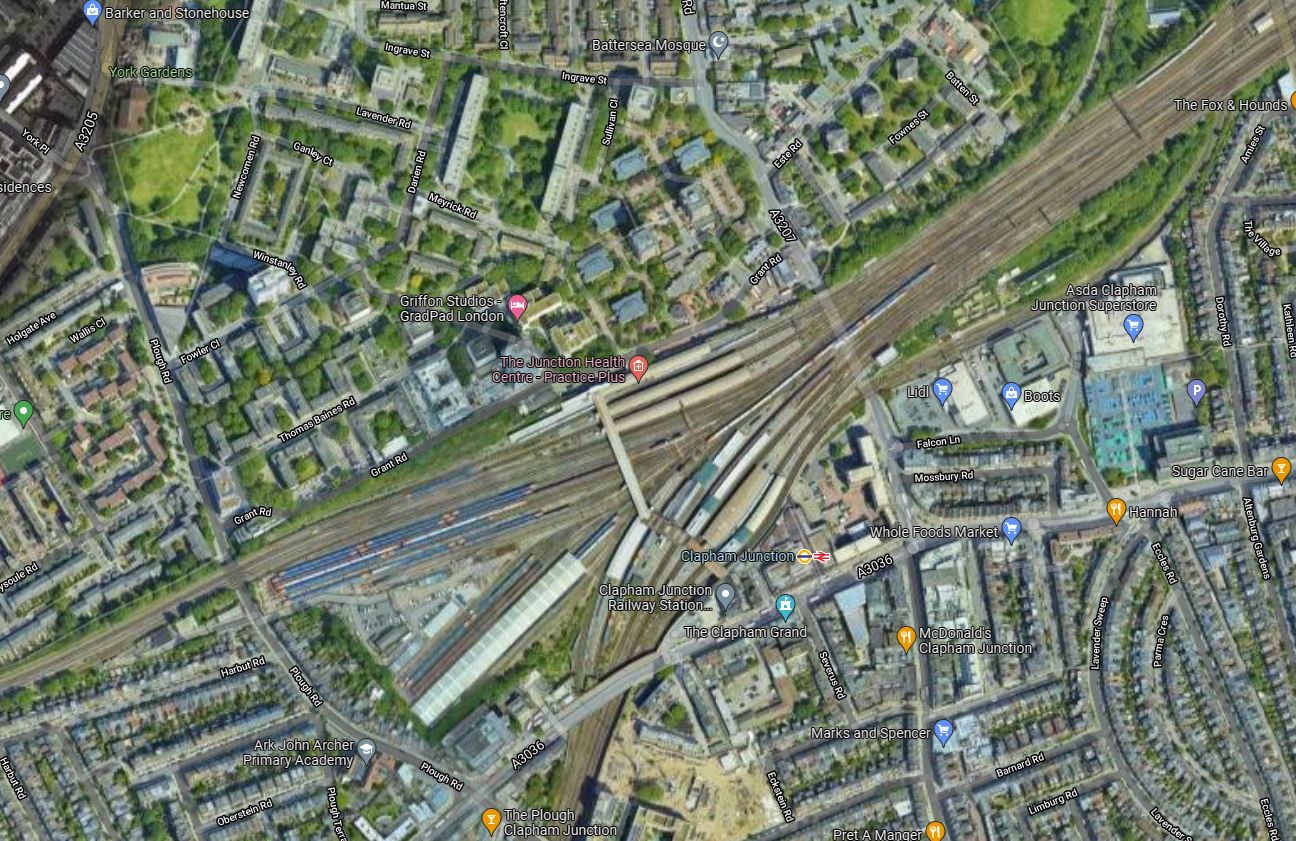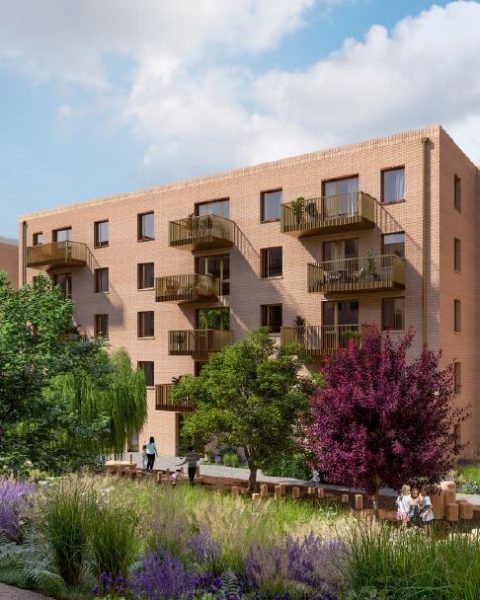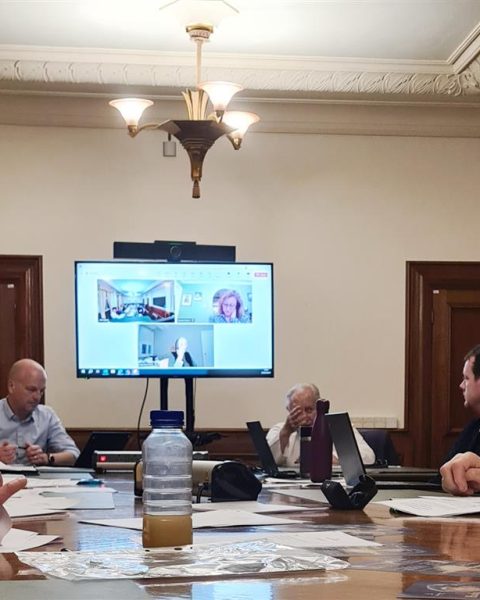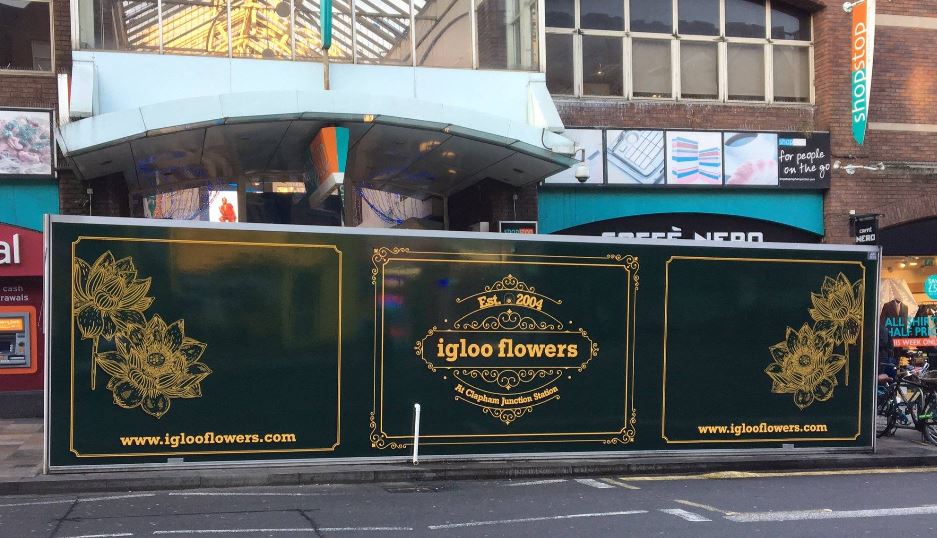On the dry early afternoon of Friday, March 15, residents of Clapham Junction were invited to attend a drop-in event at Battersea Library. The invitation stated that it was an occasion to “meet the design team working on the Clapham Junction masterplan that is being produced by Wandsworth Borough Council and partners.”
The use of the term “masterplan” in the initial email raised eyebrows as it is a sensitive term, especially for the area. Many still vividly remember the proposed 42-storey twin towers for Clapham Junction station in 2008 and the extensive campaign against it before the project was eventually withdrawn by the developers.
Mock-up of the Twin Towers project presented in 2008
In the following years, Wandsworth Council pursued a plan to erect a series of skyscrapers on Grand Road (26 storeys or higher). In 2018, Clapham Junction was specifically targeted in the draft London Plan, labeled as “an Opportunity Area” with “options for comprehensive over-station development.” More recently, architectural practice Hawkins/Brown, known for designing the new Peabody estate on St John’s Hill, proposed a vision for Clapham Junction’s future, including covering the entire station and rail tracks and constructing residential properties and towers.
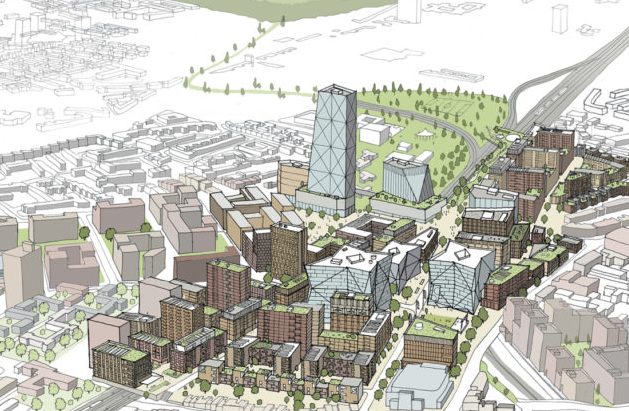
A design team has been appointed by Wandsworth Council to address solutions for improving connectivity between the northern side of the station (Grant Road and Winstanley Estate) and the southern part linking to Lavender Hill and Northcote Road. Led by the specialist architecture and urban design team Weston Williamson and Partners (WW+P), the team aims to collaborate with project partners, primarily Network Rail, but also including the Greater London Authority, Transport for London, and the ShopStop mall, and engage with local partners and communities to inform the masterplan work.
According to WW+P, the initial goal is to identify opportunities to enhance connections between both sides of the station. Network Rail is also concerned about the persistent congestion at the station during peak hours. Therefore, the aim is to find a solution that addresses both challenges simultaneously, with funding expected from both the Council and Network Rail.
Potential solutions include the construction of an additional overbridge with unrestricted access for people to traverse both sides of Clapham Junction, or an extension of the current overbridge, which is locally listed but does not prevent demolition and replacement, according to the architect from WW+P. Various options are reportedly under internal discussion, though none were disclosed at the event.
No possibility of decking over part of the rail tracks for property development
Clapham Junction being the busiest train station in the country (including interchange and trains passing through), with thousands of people passing through daily, poses a significant constraint: the station must remain fully operational with minimal disruption. WW+P explained that this is why plans involving decking over a large portion of the tracks are not feasible.
The architect cited the example of London Bridge station where significant reductions in train traffic were necessary during renovation, and it was only possible with the existence of Thameslink that was kept active on one side of the station. This does not seem possible at Clapham Junction station.
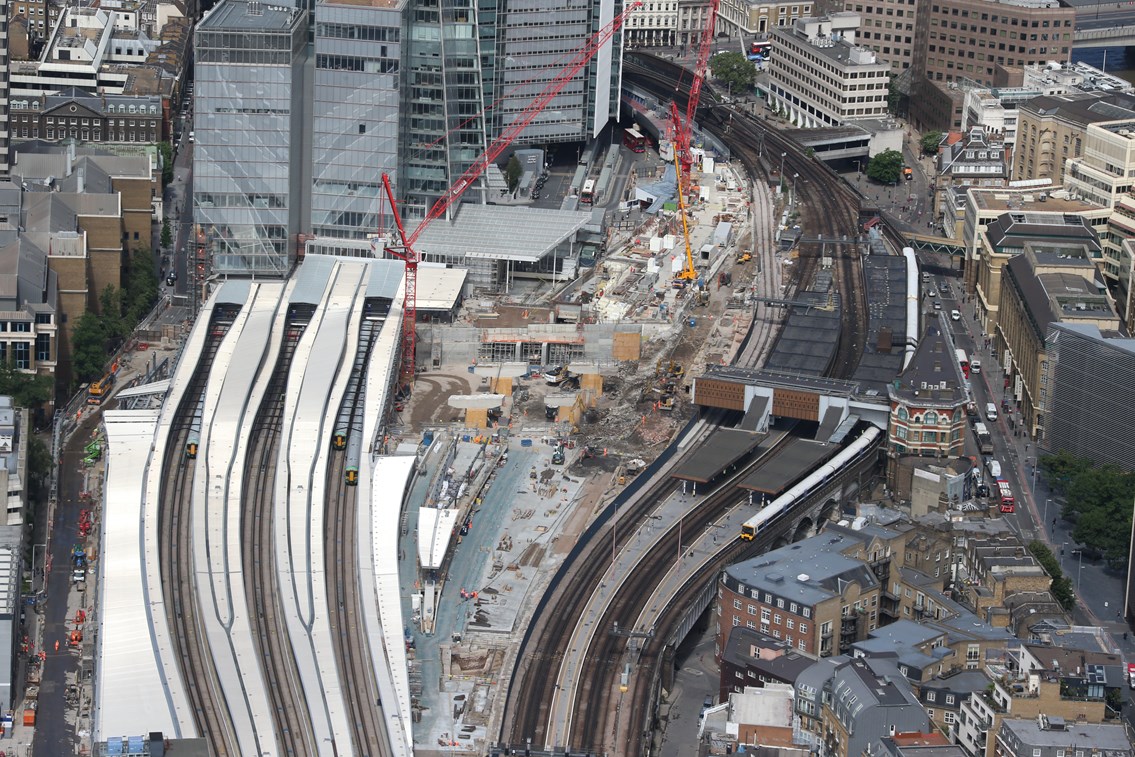
With no presentation of specific proposals, the meeting served more as a communication exercise to inform the community that official consideration is being given to potential developments. The nature of these developments is yet to be decided, but initially, focus appears to be on bridges (additional, replacement, improvement, etc.). Further meetings will be organised, with the intention of fully involving the community in the project, a departure from past approaches.
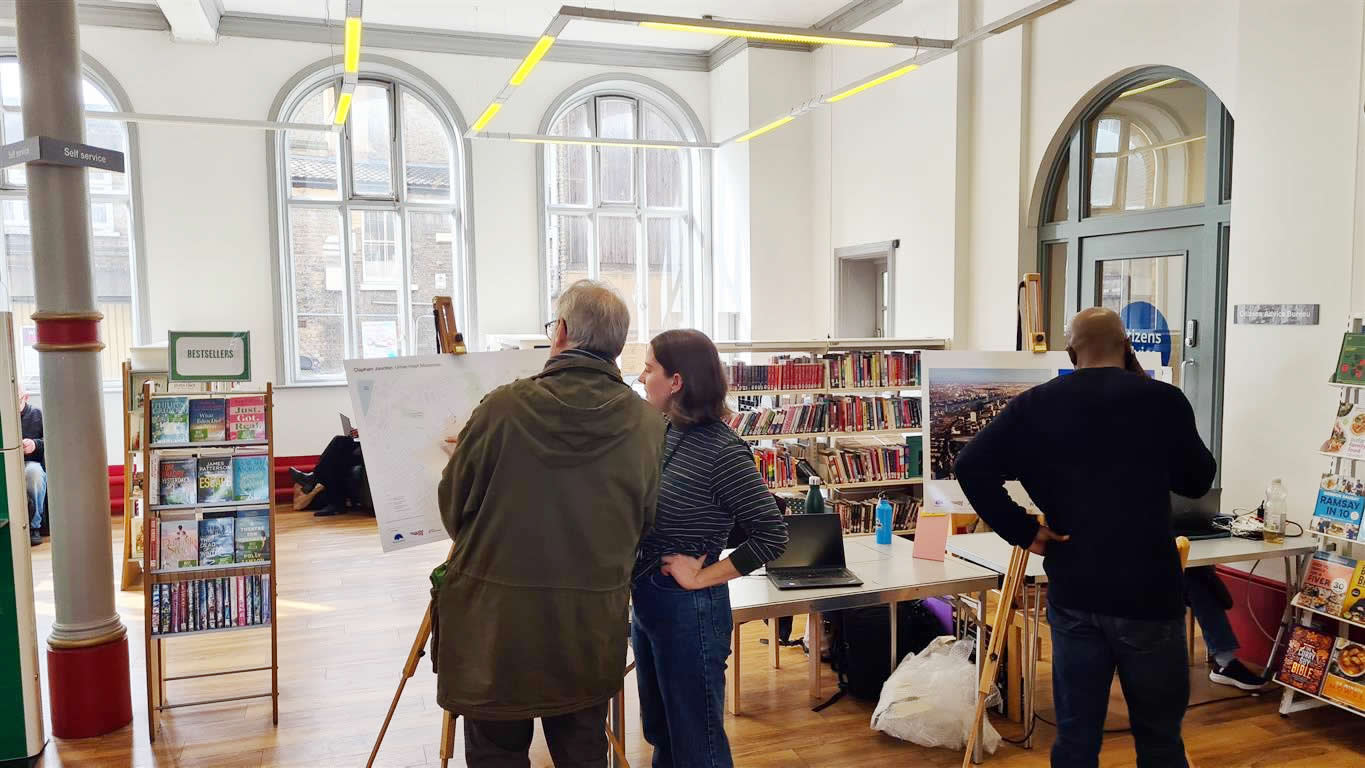
A second phase of the project, following resolution of congestion issues and improved access between both sides of the station, would involve analyzing the surrounding area in terms of property development, in line with the Local Plan adopted in 2023, which recommends producing a masterplan for the area.
The area of focus, identified in the Local Plan (2023-2038), is designated as the Area Strategy for Clapham Junction and York Road/Winstanley Regeneration Area.
As we previously wrote, there is currently no support for the Council vision presented in the Local Plan which was drafter under the Conservatives Council from 2020 to 2022. It might explain why, while being based on the adopted Local Plan, the Council says on its project page:
“We know that residents and organizations have already spoken to the council about issues in the Clapham Junction station area and that a community-led plan has been produced. A key aim for us is to build on this work wherever we can and make sure it becomes part of planning policy, rather than to start from scratch.
We are doing things differently across the borough. At the heart of this is ensuring we listen to the views of local people from an early stage, particularly if there are proposed changes to an area. We will consult local businesses, residents, and community organizations as the project progresses.”
- Read our analysis of the Local Plan for Clapham Junction: Local Plan: Area Strategy for Clapham Junction and York Road/Winstanley Regeneration Area
- For further comments, see: Local Plan: Suggestions from the Community expertise
A project driven by Wandsworth Council
The project, driven by Wandsworth Council, aims to address both endemic passenger congestion issues at Clapham Junction Station and potential opportunities for improved connectivity in the area, aligning with plans for Crossrail 2 and the enhancement of housing, businesses, and walking routes.
The Transport Committee meeting on 1 February 2023 gave agreement to the production of a framework Urban Heart for Clapham Junction Masterplan in partnership with Network Rail, GLA/TfL and DTZ, a London-based commercial property company, with development and funding options.
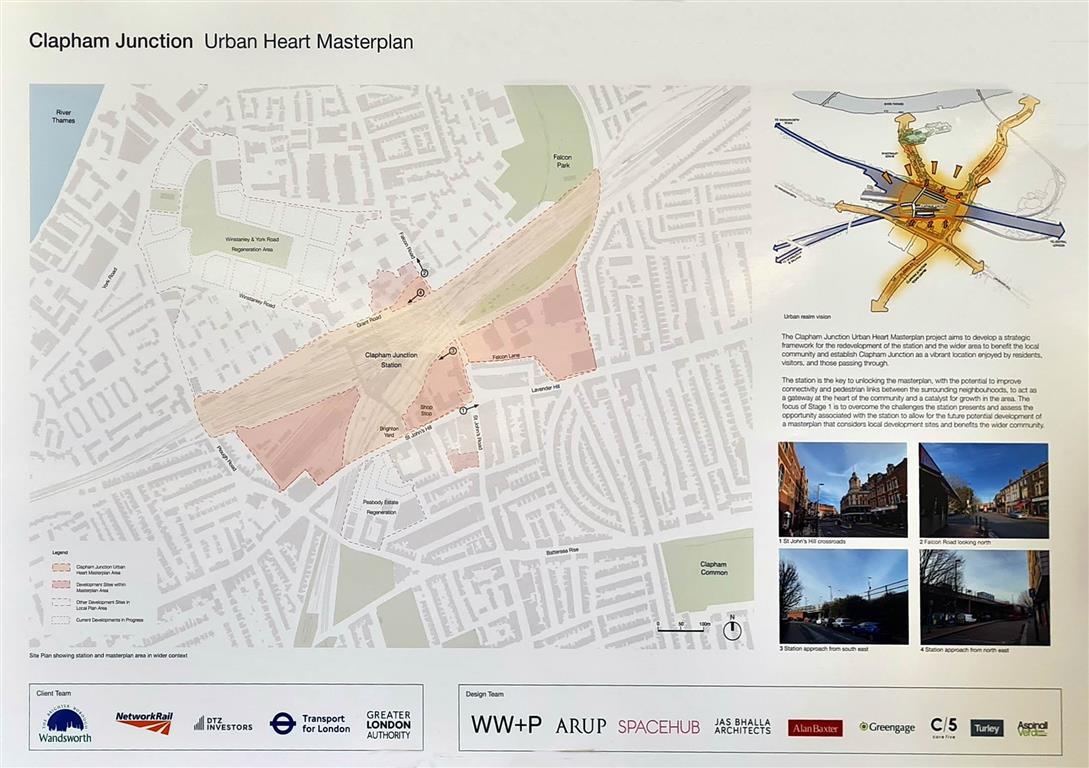
At the Transport Committee meeting, Waterloo station was cited as an example where a similar plan had been produced. The project was described as a cross-council services project.
Councillors expressed concerns about the Falcon Road tunnel, which they said creates a divide in the community and inhibits collaboration.
- Read our article: What can we do about Falcon Road’s horrible railway bridge?
They also raised concerns about air quality in the area and suggested improving access to shops. Stakeholder involvement was deemed crucial, extending beyond the current Business Infrastructure District to include Providence House and the Islamic Centre.
More controversial, councillors said that the one-way system operated in the underpass during the pandemic was a good idea that they thought should be reconsidered.
During the meeting, it was agreed to allocate £50,000 for the project, with a requirement for Network Rail, TfL, and OneStopShop to match the funding, resulting in a total budget of £200,000 to produce the Urban Heart for Clapham Junction Masterplan. However, if the initial project evolves into substantial redevelopment of the area, developer contributions may be considered to contribute toward the final cost.
Past proposals and station upgrades
In the last 15 years, Clapham Junction station has witnessed numerous improvements by Network Rail, along with proposals initiated by the community, particularly following the failed twin towers project.
In 2013, Peter Deakins, a local architect at PDAPartnership, laid the groundwork for design considerations at Clapham Junction.
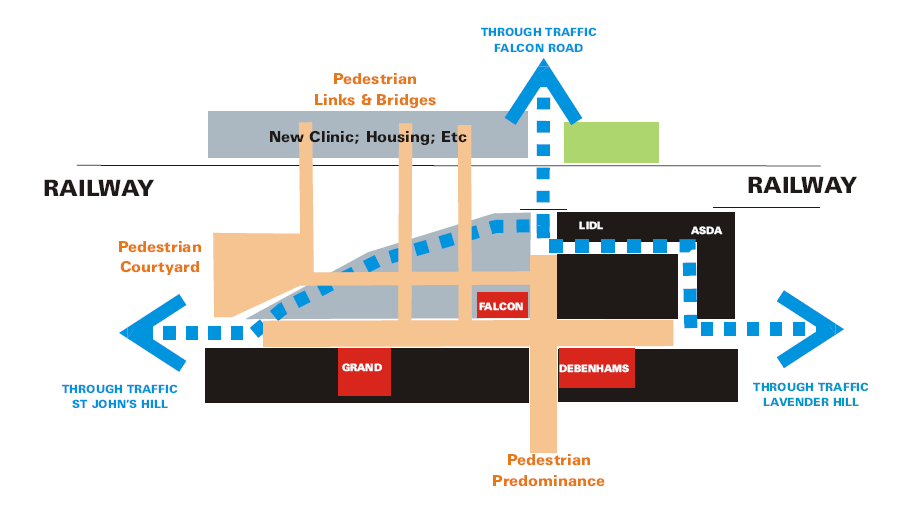
He said:
“Firstly perhaps, ease-of-access and circulation must be of paramount importance in any Town Centre area. This is so for pedestrians most particularly, far outweighing the convenience of those who are ‘merely passing through’. This must be so even though these latter may be persuaded to eventually ‘come-back’ by their ‘visual discovery’ of the area that they may be ‘going by’.”
- Read his article: Design thoughts for projects at Clapham Junction
Following successful campaigns against the 42-storey twin towers, the Clapham Junction Action Group (CJAG – which is the community group at the origin of Clapham Junction Insider), collected ideas and opinions from residents and stakeholders regarding the station’s future. All comments were published on the website in 2011, and a dossier was presented to stakeholders and made available to the public.
CJAG also met with Jill Stone, Network Rail development manager (Wessex area & early projects), on January 17, 2019, to discuss current considerations for Clapham Junction station. Her team was at very early stage of exploring options to address the congestion and rising use and they already thought that it could involve replacing the subway with a new footbridge over the tracks. Jill Stone also mentioned some more comprehensive redevelopment of the station involving a new deck over some of the tracks, but without any specification (it is noticeable that at that time Ms Stone was citing London Bridge as an example of what they could envisage, while now the team in charge of the masterplan has completely pushed aside this possibility). However, these options were delayed and likely abandoned due to the COVID crisis.
In 2022, Network Rail announced a £35 million investment for Clapham Junction station to improve passenger experience and reduce congestion, focusing mainly on the overbridge and Brighton Yard entrance, and work on platforms 13/14.
Despite the portrayal of the 42-storey twin towers project as a “once-in-a-lifetime opportunity,” substantial work and improvements have taken place at the station over the past decade, totaling over £40 million by 2015. It includes:
- Canopy extension, staff, stairs, repairs in the subway (2009-13): £10m.
- Step free Access (2008-10): Original funding from the government was £8.5m.
- New entrance at Brighton Yard (2010-11): initially £1.9m, but later merged with the Step free Access for a total of £14.675m.
- A completely new refurbished entrance in Grant Road (2012) with lift, ticket machines and new access to the overground on platform 2.
- Straightening and lengthening of platform 17 (2014)
- Enlarging ticket barriers and access on St John’s Hill side (2014)
In total, by 2015, the many refurbishments and improvements made to the station amounted to much more than £40m, which was the amount the private developers were willing to give in compensation of their two 42-storey skyscrapers.


